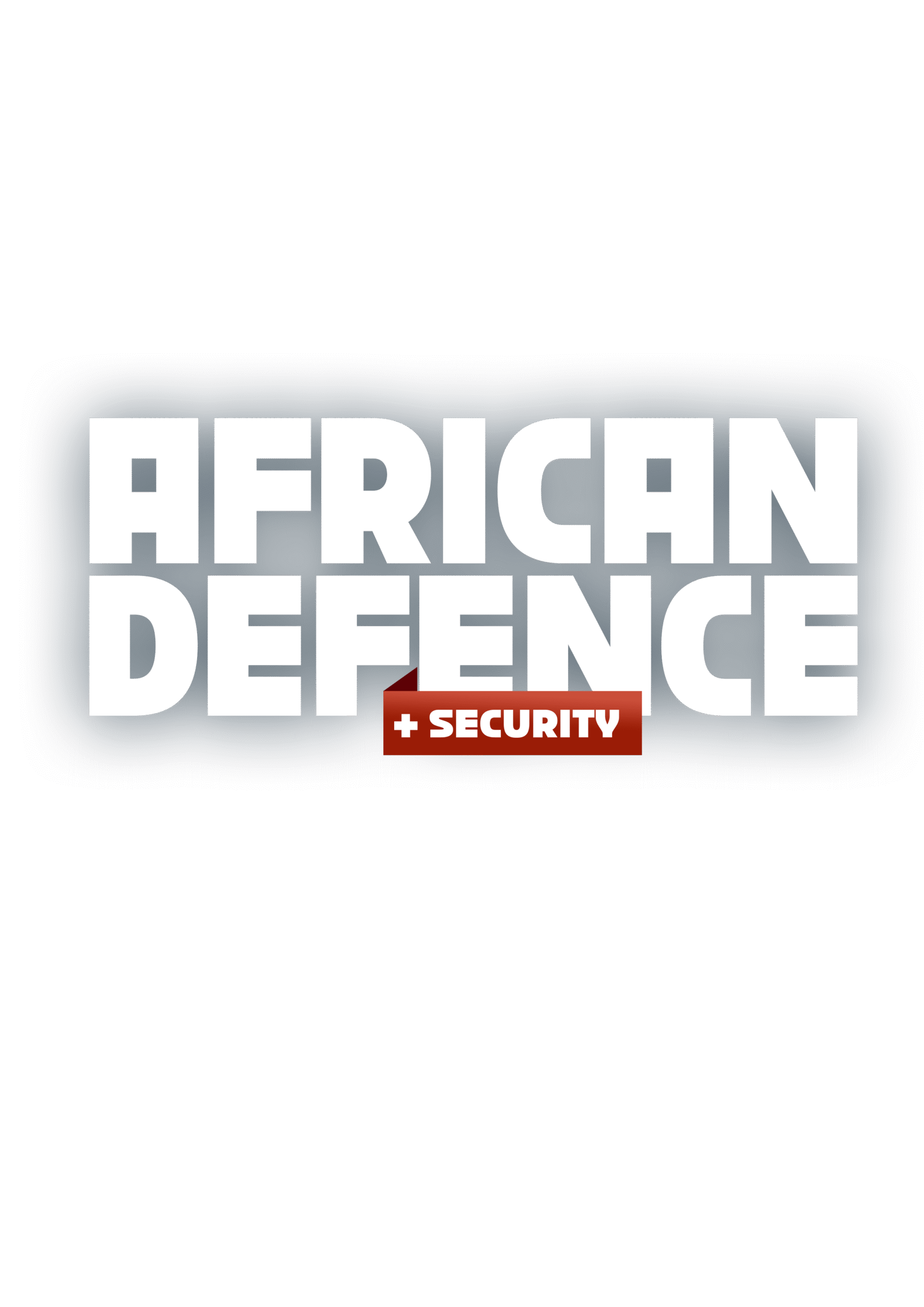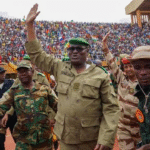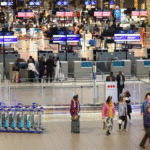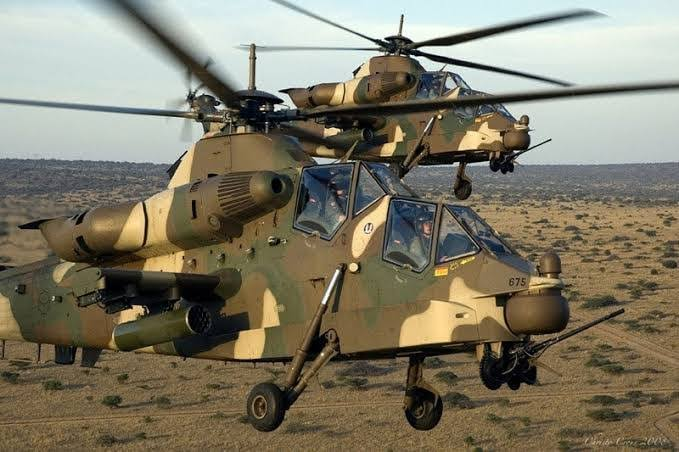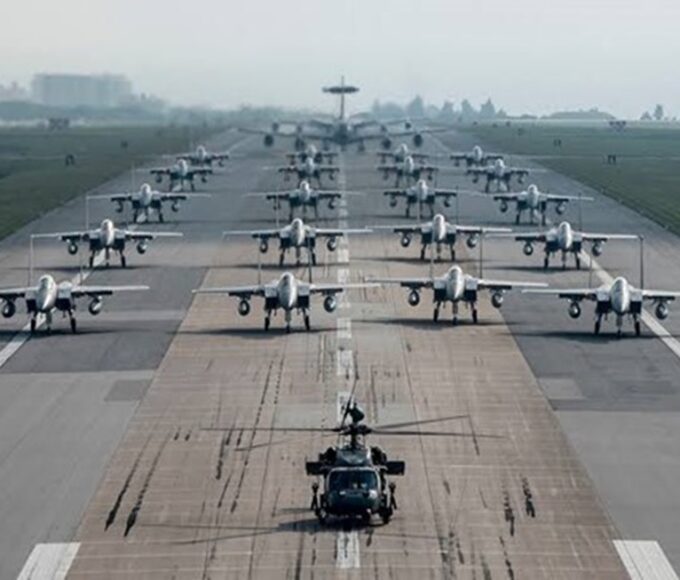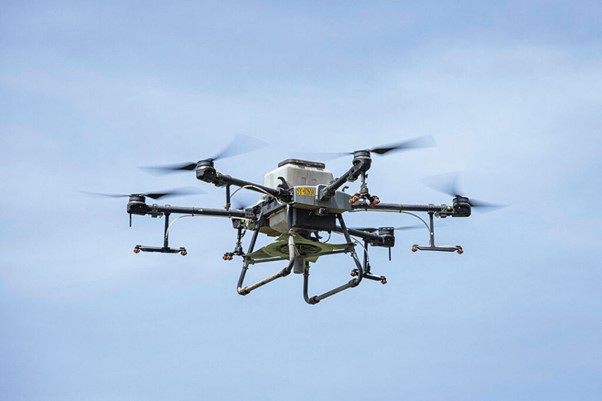
UNMANNED AERIAL SYSTEMS: GAME CHANGERS IN AFRICAN CONFLICTS
In Africa’s conflict zones where rugged terrain once served as cover for guerrilla fighters and rebels a new force now dominates the skies: unmanned aerial systems (UAS), or drones. These silent machines have rapidly shifted the balance of power across the continent, turning battlefields once defined by asymmetry into arenas of remote precision and devastating impact.
One defining moment came in late 2020 during Ethiopia’s civil war. As rebels advanced toward Addis Ababa, Turkish Bayraktar TB2 drones entered the fray. Their arrival reversed rebel gains, halted the offensive, and arguably saved the government. This marked a turning point in African warfare drones had evolved from surveillance tools into lethal instruments of state power.
Related Article: AFRICA’S GROWING NAVAL AMBITIONS: WHO LEADS THE PACK?
Africa’s drone story began decades ago. During the 1970s and ’80s, apartheid South Africa pioneered military UAS for reconnaissance during border wars and domestic crackdowns. These early deployments reflected a broader trend of embedding drones into systems of surveillance and control.
Western powers followed suit. By the 2000s, the U.S. and France had established drone bases in Djibouti, Niger, and elsewhere, largely for counterterrorism against groups like al-Qaeda in the Islamic Maghreb. But it wasn’t until the 2010s that drones began appearing in the arsenals of African states themselves—thanks to a new wave of affordable models from China, Israel, Turkey, and Iran.
Nigeria, for example, acquired Chinese CH-3 drones in 2014 to strike Boko Haram strongholds. This marked one of the first indigenous uses of armed drones in sub-Saharan Africa—and demonstrated how UAS could extend state reach into areas once dominated by insurgents.
By the 2020s, drone proliferation across Africa had surged. Suppliers like Turkey, the UAE, China, and Iran began offering drones like the Bayraktar TB2, Wing Loong, and Mohajer-6 to African governments often without Western-style human rights conditions attached.
At least 15 African nations including Mali, Burkina Faso, Sudan, and Niger now operate drones. In the Sahel, French forces initially used U.S.-made Reaper drones for surveillance, but local militaries soon began conducting their own strikes with Turkish and Chinese models. These drones, costing as little as $1–5 million, offered a fraction of the price of traditional fighter jets, dramatically lowering the barriers to airpower.
Yet this has also fueled international competition. Drone sales have become geopolitical tools, with countries using arms deals to build influence and shift alliances—especially as African states grow disillusioned with Western support.
A case in point is Ethiopia. Since 2020, it has used drones sourced from Turkey, China, and Iran to conduct over 100 strikes across Tigray, Oromia, and Amhara regions. While these operations helped reverse rebel advances and led to the 2022 Pretoria peace deal, they have also inflicted immense civilian harm.
Hospitals, schools, and buses have all been hit. In Amhara alone, 449 civilian deaths have been linked to drone strikes since 2023. Survivors report widespread trauma, displacement, and a climate of fear—highlighting how drones can entrench conflict rather than resolve it.
It’s not just governments using drones. Militant groups across Africa are adapting commercial drones for surveillance and attacks drawing inspiration from ISIS’s tactics in Iraq and Syria.
In Mozambique, Islamist insurgents used drones to coordinate the 2021 Palma assault. Al Shabaab in Somalia has employed drones for intelligence gathering. Libyan factions have obtained drones via informal networks. These non-state uses complicate already fragile conflicts and pose growing threats to humanitarian operations and urban security.
For many African governments, drones offer clear strategic advantages. They provide real-time intelligence, precision strike capability, and safer, cheaper alternatives to manned missions. In Nigeria, for example, drones have helped reclaim territory from Boko Haram by tracking fighters and disrupting supply lines.
But the rise of drones has also forced changes in ground tactics and created an arms race in electronic countermeasures. More fundamentally, it has widened the gap between states with drone access and those without.
Drones also raise urgent ethical and legal concerns. Reports from Ethiopia detail indiscriminate attacks, ethnic targeting, and strikes on civilian infrastructure—what some have called a form of “necropolitics” where civilian lives are devalued in the name of security.
The secrecy surrounding drone programs, combined with foreign drone bases in countries like Djibouti and Niger, has raised alarms over sovereignty, transparency, and accountability. Existing global arms control frameworks, like the Wassenaar Arrangement, struggle to regulate this fast-evolving landscape.
Looking ahead, drones will likely become even more central to African warfare. The next frontier includes AI-integrated and autonomous systems, potentially deepening ties between African states and non-Western powers like Russia or BRICS members while accelerating democratic backsliding and weakening international norms.
However, this may also drive innovation in regional countermeasures, drone regulation, and humanitarian oversight. The challenge will be balancing the tactical advantages of drones with the long-term need for peace, accountability, and civilian protection.
King Richard Igimoh, Group Editor ALO
King Richard Igimoh, Group Editor African Leadership Organisation is an award-winning journalist, editor, and publisher with over two decades of expertise in political, defence, and international affairs reporting. As Group Editor of the African Leadership Organisation—publishers of African Leadership Magazine, African Defence & Security Magazine, and Africa Projects Magazine—he delivers incisive coverage that amplifies Africa’s voice in global security, policy, and leadership discourse. He provides frontline editorial coverage of high-profile international events, including the ALM Persons of the Year, the African Summit, and the African Business and Leadership Awards (ABLA) in London, as well as the International Forum for African and Caribbean Leadership (IFAL) in New York City during the United Nations General Assembly.
Recent Posts
Categories
- Air & Aerospace15
- Border Security14
- Civil Security3
- Civil Wars4
- Crisis4
- Cyber Security4
- Defense15
- Diplomacy17
- Entrepreneurship1
- Events5
- Global Security Watch6
- Industry6
- Land & Army7
- Leadership & Training3
- Military Aviation2
- Military History27
- Military Speeches1
- Naval & Maritime8
- Resources1
- Security12
- Special Forces1
- Systems And Technology8
- Tech6
- Uncategorized3
- UNSC1
- Veterans6
- Women in Defence9
Related Articles
AFRICAN AIR FORCES RISE TO THE FOREFRONT IN COUNTERTERRORISM OPERATIONS
Across the vast and volatile regions of Africa, air forces once limited...
ByKing Richard Igimoh, Group Editor ALONovember 21, 2025THE SPACE RACE: AFRICA’S EMERGING AEROSPACE PROGRAMMES
Africa’s skies are no longer just a backdrop to other powers’ ambitions...
ByKing Richard Igimoh, Group Editor ALOOctober 6, 2025MILITARY HELICOPTERS IN AFRICAN OPERATIONS
Military helicopters have become important assets in African operations, offering unmatched versatility...
ByKing Richard Igimoh, Group Editor ALOSeptember 23, 2025AFRICA’S FIGHTER JET FLEETS: AN OVERVIEW
Africa’s air and aerospace sector has witnessed significant evolution in recent years,...
ByKing Richard Igimoh, Group Editor ALOAugust 22, 2025
